BFCM Conversion Tactics: Smart Bundles, Flash Sales & Scarcity Marketing
Reading Time: 13 minutesStill approaching BFCM with generic discounts, last-minute price cuts, or scattered promotions?…
The largest e-commerce brand in the Netherlands and one of the most prominent European marketplaces, the bol marketplace has recently launched the bol.com. retailer API V3. This change has come considering the tedious processes of addition and changes in the previous API version. The new seller API will make a difference for the sellers. How is the bol seller API V3 different from the bol seller API V2? How does it ease selling on bol along with lightening the burden on the bol servers? Does it affect the bol.com sellers? What’s new for the bol sellers in the API V3? How does it empower the sellers? And how can integration services providers help you in migrating from the V2 to V3.
In this blog, we will assess all the latest and altered features from the sellers’ aspect.
Well, here are a few already existing features that had some changes in the new API v.3
Any request made on the API V3 will forward to the downstream service. What’s new here is the addition of categories to the request made on API. The application will fall into any of the four categories:
In case of unavailability of the downstream service due to server issue, the seller request will become pending.
Requests made in a proper format that abides by the API rules of bol.com will become a successful request.
In case of an unexpected response, bol.com will retry the request again after five minutes for five times. Failing after the fifth attempt will result in request failure.
Any request that remains pending for a long time will itself be categorized into time out.
Sellers must also note that the lifetime of process status is one month. No process status older than one month can be requested.
Any of the following details can help in fetching the Process Status-
Seller authentication is a three-step process in the new API version of the bol.com marketplace.
You can gather the API client credentials from the seller dashboard of bol.com API V3.
The API credentials gathered from the seller dashboard can be used to request the Bearer Token from the OAuth server. How to make the bearer token request.-
Basic Authorization Header
HTTP Post Body
The seller can use the retrieved Bearer Token while creating a request on the API. Authorization Header and Bearer Token is sent along with the sellers demand while creating an application on the seller API.
The most significant change in bol API V3 is that it does not allow bulk offer updates like the previous versions. Bulk Updates means making changes in the price, discounts, specifications and other major factors with a single request. The seller can now make only one upgrade at a time. This is because of the following reasons.-
Previously only two conditions were involved in categorizing the product, New and Second Hand. In the bol API V3, “Condition Comment” and “Condition Category” are the two new sub-categories added. The seller can now define a second-hand product as, “As new” and in “Good” condition.
The bol.com developers have introduced a new option for generating the offer IDs in the bol API V3. So the “Offer Export” section has got some new changes to soothe the process of offer ID generation. Now the primary function of “Offer Export” is to generate the offer id’s in bulk.
You might like- Complete guide to sell on bol.com
Some new feature additions in the bol marketplace API V3 are set to make selling easy.
The “Managed By Retailer” field is a new addition in the stock functions that will be available in the bol API V3. With this option, the retailer can himself update the stock after the shipping of an open order.
Volume discount is a new feature available in bol API V3. This feature gives an option to the sellers to lower the selling price if the customer wants to buy more than one product. The function does not allow a maximum of four products on one order. This feature is called “Bundle Price”.
The new bol.com API gives power in the hands of the seller. Till now, there was no option of adding the product information via the API. The new API version offers the possibility of uploading the product information.
The new bol API version contains “Insights”. “Insights” gives you the following options-
The number of customer visits on the product page when the offer shows in the buy box for a requested period.
Percentage of customer visits on the product page where your offer is visible in the buy box for a requested period.
This endpoint will help the sellers to estimate the sales expectations on the bol.com platform.
The bol API V3 contains a new feature named “Partner Performance Indicator”. This feature meets the expectations of the customers of bol.com. For this, bol.com reviews the performance of sellers regularly and depicts it on the “Seller Performance Dashboard” weekly.
The new bol API V3 has a lot to offer to the sellers. Several new features are there, while the old ones added with some new additions. But some features are similar to the ones on bol API V2 and not new changes have been made in them. The “Invoice” section and “Cancellations” have nothing new to offer to the sellers. The “Fulfillment By Bol” or the bol.com’s shipping and fulfilment have no new developments. “Returns” again has nothing new to offer in the third version, but bol.com plans to bring changes in the “Returns” section in the API V4, i.e., the bol API V4.
CedCommerce, a third-party integration services solution provider will help you with all the above-discussed changes in the latest seller API of the bol marketplace. Our 24*7 assistance is an added advantage. We are up with all the help and support for our clients via messengers(Skype and Whatsapp). You can sell on the bol marketplace through various platforms like Prestashop, WooCommerce, Magento and Magento 2.
We can help you to begin your business as an e-commerce retailer on bol.com and other markets. We are also providing our clients with multi-channel selling and many more exciting features right from onboarding to sale.
You might like- Complete guide to sell on bol.com
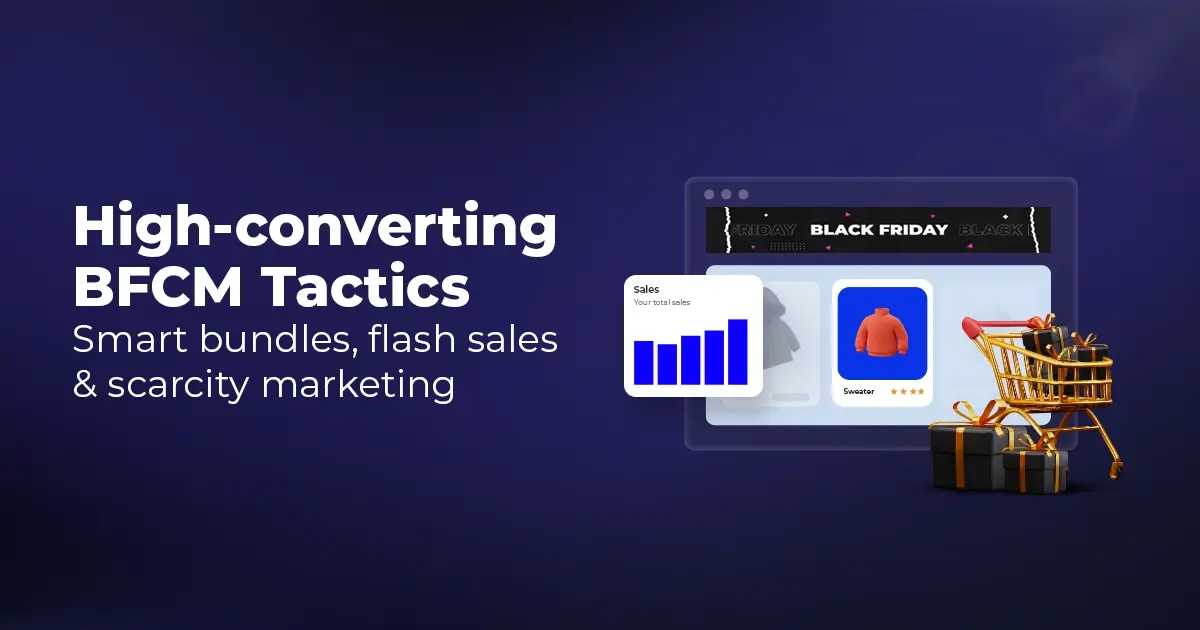
Reading Time: 13 minutesStill approaching BFCM with generic discounts, last-minute price cuts, or scattered promotions?…
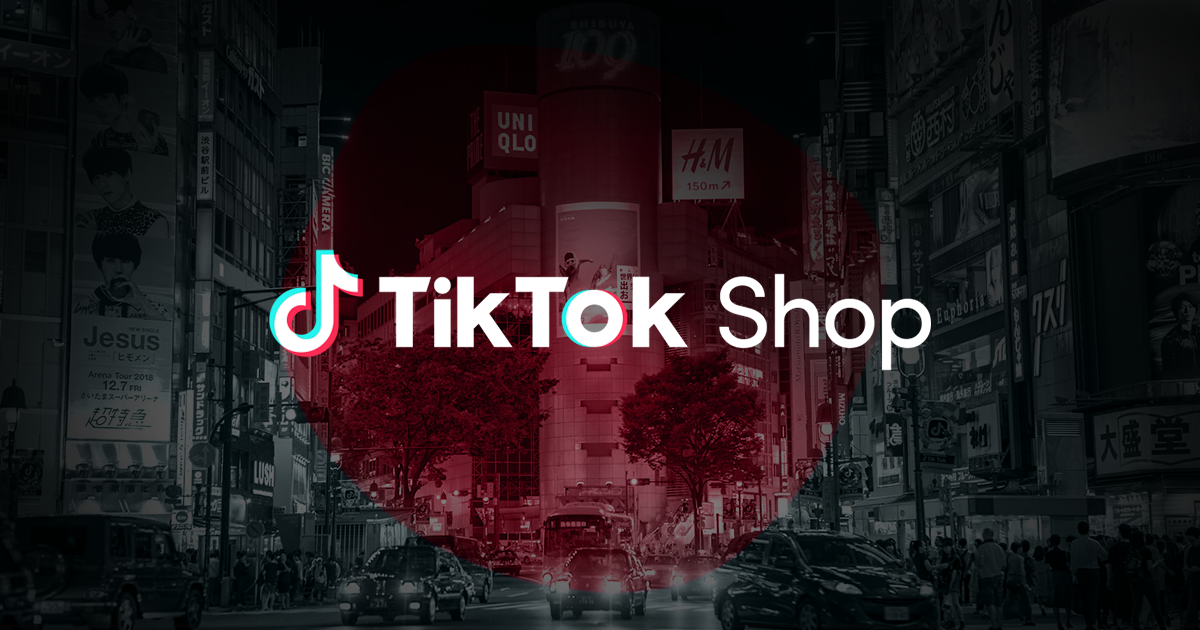
Reading Time: 3 minutesTikTok Shop reached a major milestone during its largest U.S. “Global Black…

Reading Time: 3 minutesOpenAI has announced a new AI-powered shopping research tool designed to help…
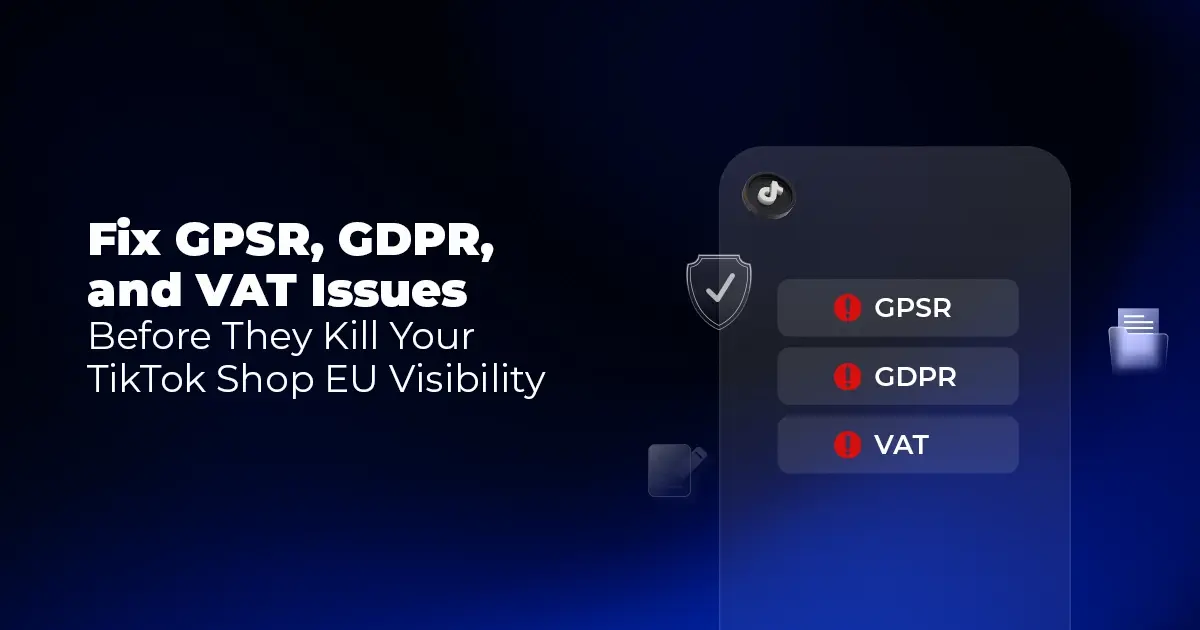
Reading Time: 9 minutesIf your TikTok Shop listings often sit in review or your visibility…

Reading Time: 3 minutesAmazon has rolled out a new “Seller Challenge” feature for eligible Account…

Reading Time: 3 minutesWalmart Marketplace has sharpened its requirements around product classification (category, type group,…

Reading Time: 3 minutesJust ahead of Black Friday, Amazon is enforcing tighter controls on its…

Reading Time: 11 minutesWhere holiday prep of past years focused on legacy channels like Amazon,…
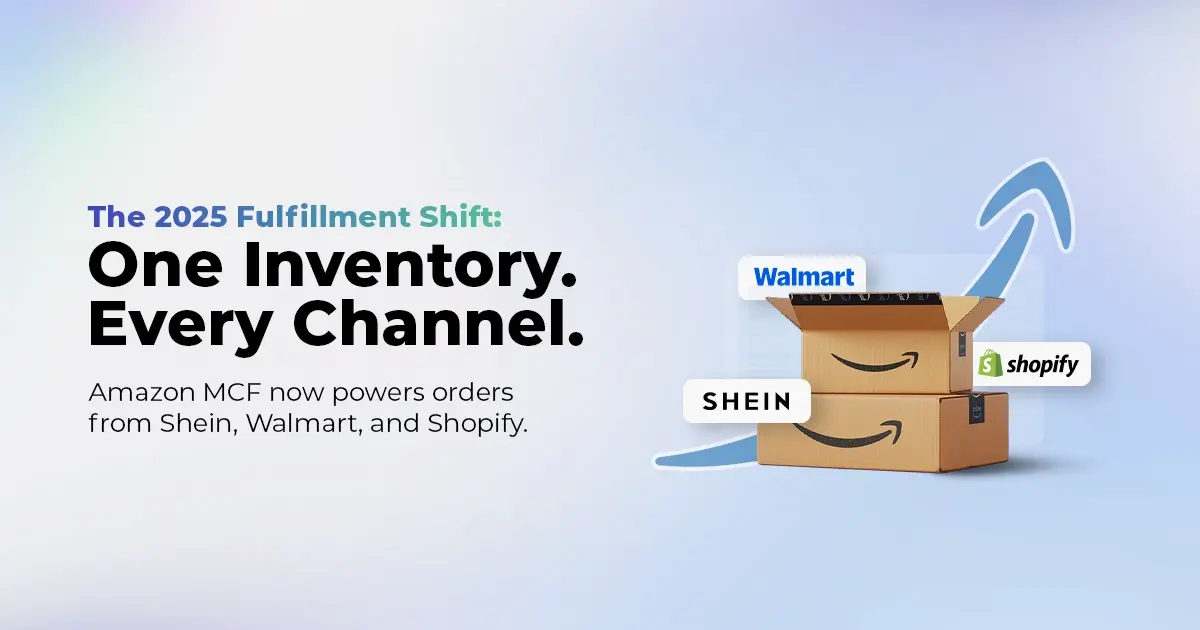
Reading Time: 11 minutesThe eCommerce shift you actually need to act on Multi-channel fulfillment has…
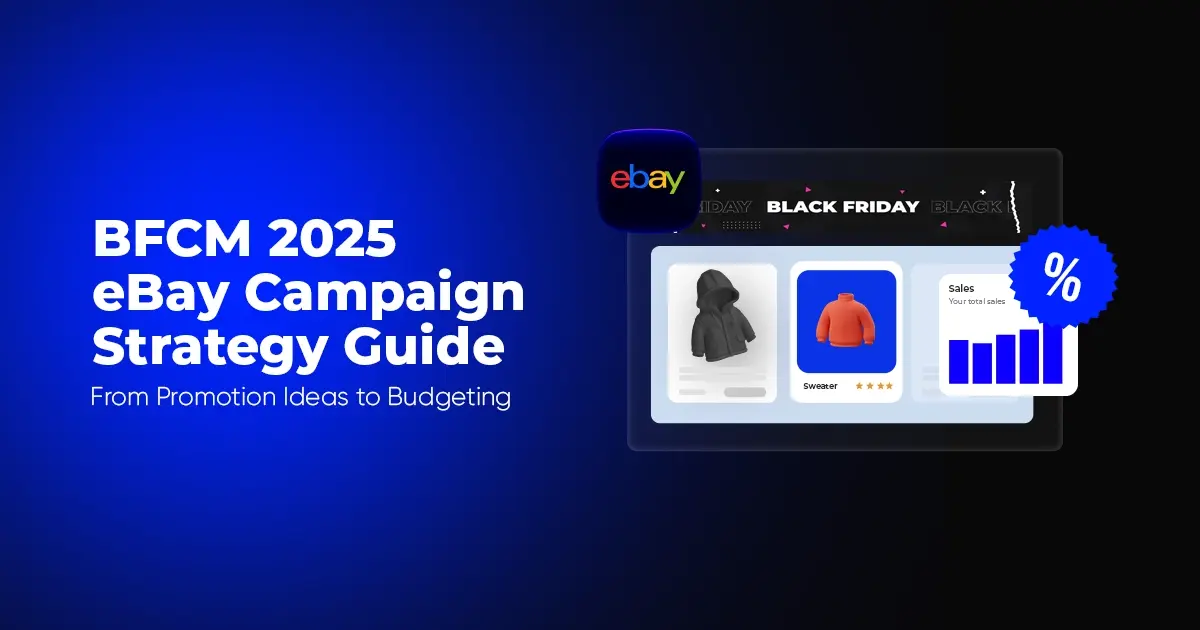
Reading Time: 10 minutesBlack Friday Cyber Monday (BFCM) isn’t a weekend anymore; it’s a two-month…

Reading Time: 2 minuteseBay is quietly testing a new feature that could reshape how buyers…

Reading Time: 2 minutesAmazon is stepping into a new era of value commerce with the…
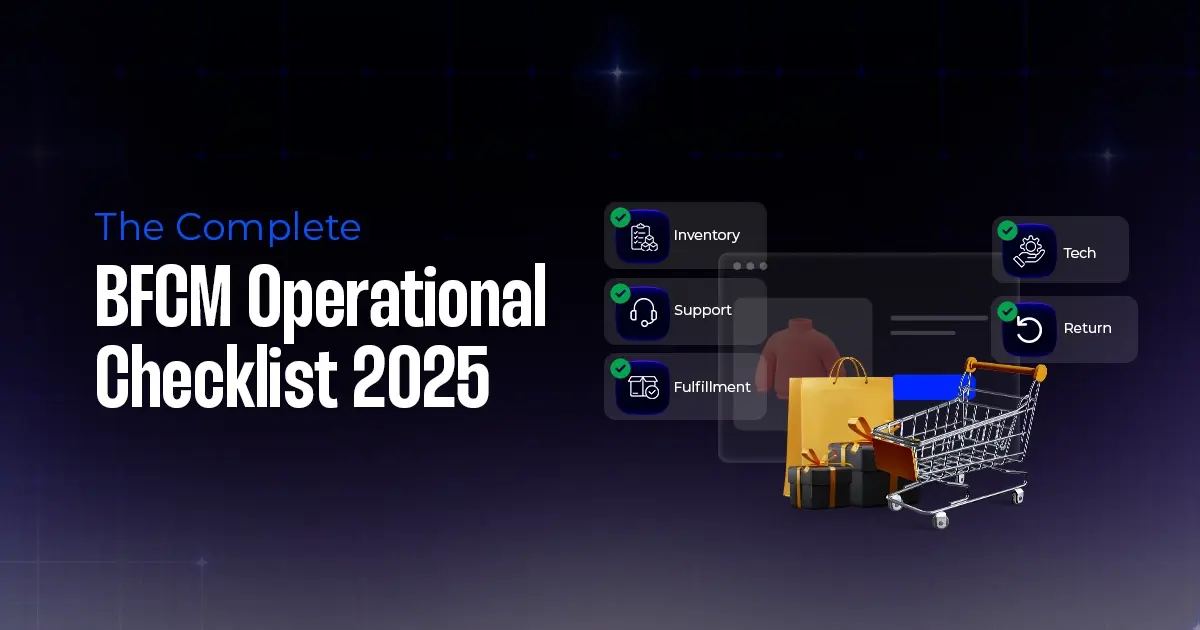
Reading Time: 11 minutesThe $240 Billion BFCM Opportunity & Why Operations Matter Every seller, business,…
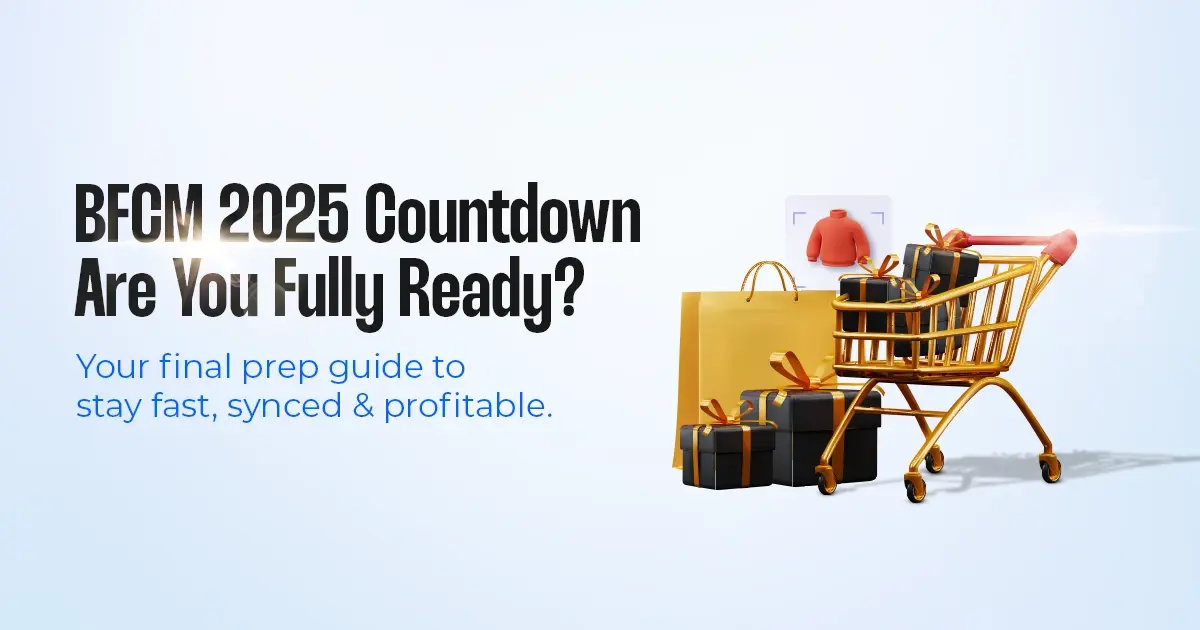
Reading Time: 7 minutesTL;DR — Your 60-Second BFCM Battle Plan Time remaining: 3 weeks until…

Reading Time: 2 minutesChina’s Double 11 shopping festival — the world’s largest annual online retail…

Reading Time: 2 minutesAs the holiday season approaches, TikTok Shop has released its September 2025…

Reading Time: 3 minutesIn a continued effort to enable sellers and stimulate new product launches…

Reading Time: 2 minutesAs global trade enters a new phase of regulation and cost restructuring,…

Reading Time: 2 minutesOpenAI Turns to Amazon Web Services in $38 Billion Cloud Deal: What…
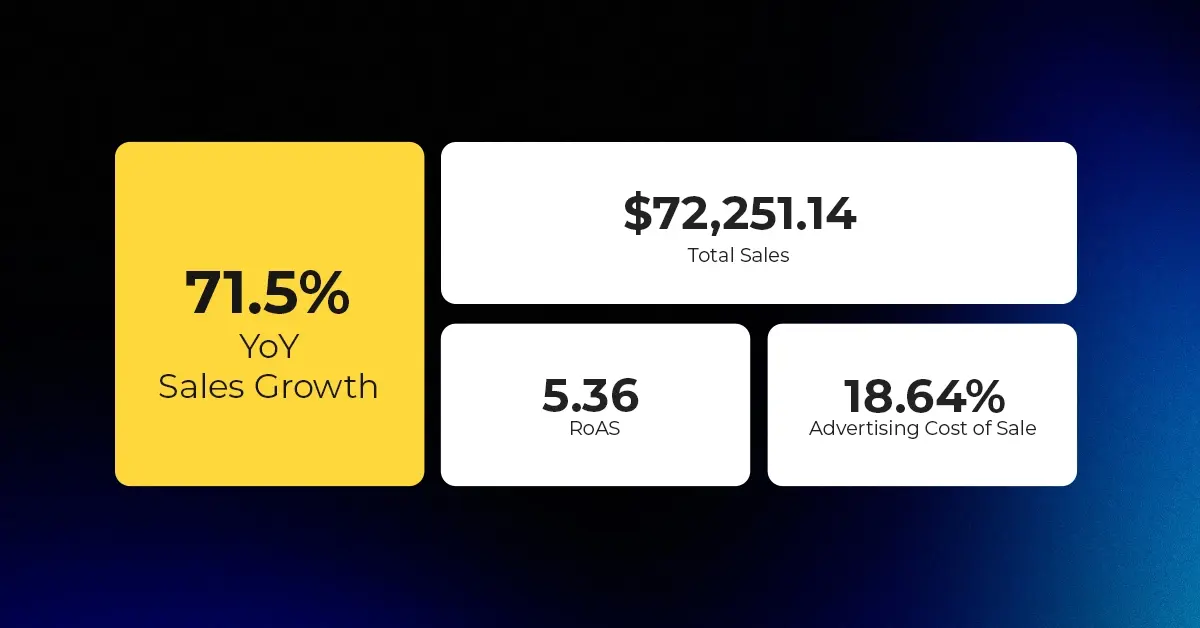
Reading Time: 4 minutesAbout the Client TMRG is a global health and wellness brand with…
Compliments on the great article!
You might also be interested to know that we released a V4 version of our API on October 1st. Where V2-V3 was a major overhaul, this new V4 expands upon the base created with V3 and offers additional functionality and improvements on core processes. An upgrade guide is available at: https://api.bol.com/retailer/public/Retailer-API/v4/migrationguide.html
We are glad that you acknowledged our blog. Thank you so much for the information. We are already working on content for the API V4 and it shall be soon available on our site.
Leave a Reply